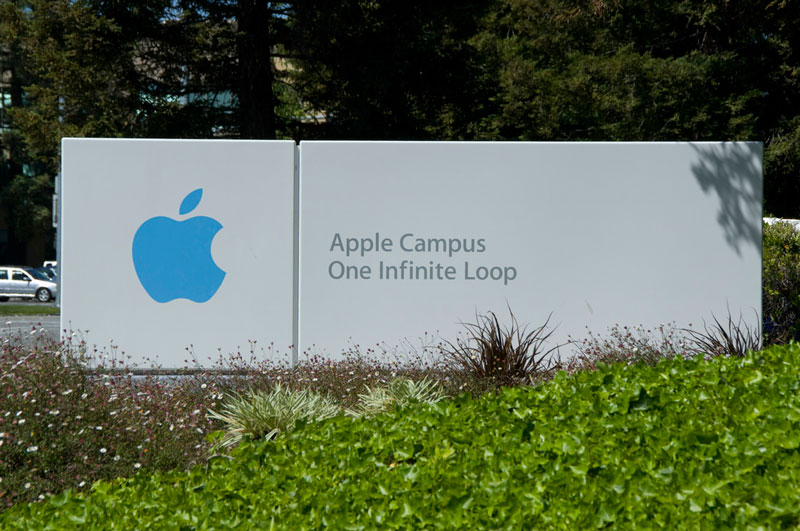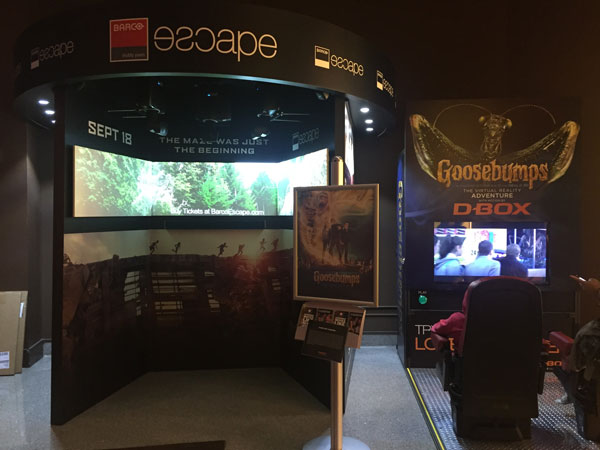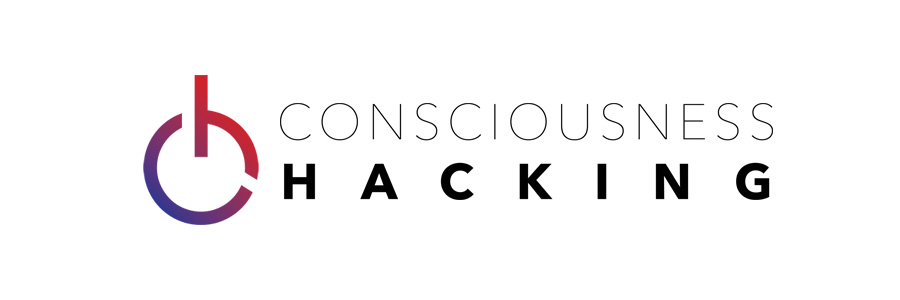A non-exhaustive list of Time Travel Movies, TV Shows, and more, updated occasionally…
While it is difficult to recommend a time travel movie without spoiling that is has time travel in it, the Mechanism and Category can be considered thematically spoilery depending on one’s aversion to knowing anything about a movie, so I hid those behind a spoiler tag, just click the tag to show it.
Legend:
Time Travel Level – Just how time travely is it
- Full-fledged – As time travely as it gets
- Low/Medium/High – The amount of time travel taking place as an ongoing part of the story
- Story starter – low/medium/high – Time travel mainly sets the story in motion, but it’s integrality to the story takes a back seat to one degree or another
Mechanism – What makes time travel possible
- Machine – A good-old time machine or device
- Time Dilation – Time moving differently between places
- Future Tech – An obscure or hand-wavey technology from the future
- Relativity – The effects of relativity causing time travel-like results
- Genetic – A genetic cause for a person’s ability to time travel
- Natural phenomena – A feature that is or is seemingly part of the environment, wormholes, etc’
- Magic/Magical Device – A spell or magical artifact
- Superpowers – Who wouldn’t want time travel as their superpower?
- Unknown – When the mechanism is not explained or is not hinted at
Category – What story style/trope is it or what is it that traverses time
- Classic – Good old fashion time travel, people moving through time
- Consciousness – Consciousness is the thing that travels through time
- Time bubble – Where a different part of space moves at a different pace
- Time loop – A where someone experiences a repeating time/day/sequence but recalls previous iterations
- Information – Where the only thing moving through time is information and not objects
Movies:
| Title | Time Travel Level | Mechanism | Category | Notes |
|---|---|---|---|---|
| Back to the Future | Full-fledged | Machine | Classic | |
| The Time machine (2002) | Full-fledged | Machine | Classic | |
| Time trap | Full-fledged | Time Dilation | Time bubble | |
| Deja Vu | Full-fledged | Machine | Classic | |
| Looper | Full-fledged | Machine | Classic | |
| Interstellar | Full-fledged | Future Tech + Relativity | Information | |
| Volition | ||||
| Time Crimes | Full-fledged | Classic | ||
| The Butterfly Effect | Full-fledged | Unknown | Consciousness | |
| The Time Traveler’s Wife | Full-fledged | Genetic | Classic | |
| Groundhog Day | Full-fledged | Unknown | Time Loop | |
| Palm Springs | Full-fledged | Natural phenomena | Time Loop | |
| Frequently Asked Questions about Time Travel | Full-fledged | Future Tech | Classic | |
| X-Men Days of Future Past | High | Genetics/Superpowers | Consciousness | |
| The Jacket | High | Unknown | Consciousness | |
| About Time | Full-fledged | Genetic | Classic | |
| Project Almanac | Full-fledged | |||
| ARQ | Full-fledged | Machine | Time Loop | |
| Timeline | Story starter – medium | Machine | Classic | |
| Hot Tub Time Machine | Full-fledged | Machine | ||
| Terminator Series | Story starter – high | Machine | Classic | |
| Predestination | Full-fledged | Machine | Classic | |
| Frequency | Full-fledged | Information | ||
| 12 Monkeys | Full-fledged | Machine | Classic | |
| A Wrinkle in Time | ||||
| Bill & Ted | Full-fledged | Machine | Classic | |
| Timecop | Full-fledged | Machine | Classic | |
| Time Bandits | Full-fledged | |||
| Primer | Full-fledged | Machine | Classic | |
| Arrival | Medium-high | Information | ||
| Prince of Persia | Full-fledged | Magical Device | Classic | |
| Planet of The Apes | Low | Natural phenomena | ||
| Paycheck | High | Machine | Information | |
| Timelapse | Machine | Information | ||
| Displacement | Not good | |||
| Flight of the Navigator | Story starter – Medium | Relatively | ||
| Sphere | Low | Future tech / Unknown | ||
| Source Code | High | Virtual | Time loop | |
| Edge of Tomorrow | Full-fledged | Alien tech/biology | Time Loop | |
| Harry Potter and the Prisoner of Azkaban | High | Magic | Classic | |
| Star Trek – First Contact | Medium | Future tech | Classic | |
| Star Trek – 2009 | Medium | Future tech | Classic | |
| Star Trek IV: The Voyage Home | Medium | Future tech | Classic | |
| Avengers Endgame | Full-fledged | Future tech | Classic | |
| Project Almanac | Full-fledged | Machine | Classic | |
| The History of Time Travel | Full-fledged | Machine | Classic | Mockumentary |
| Midnight in Paris | High | Unknown/Natural phenomena | Classic | |
| The I Inside | ||||
| 41 | Unknown | Classic | ||
| Safety Not Guaranteed | ? | Machine | Classic | Hard to classify |
| The Map of Tiny Perfect Things | Full-fledged | Time loop |
TV Shows:
| Title | Time Travel Level | Mechanism | Category | Notes |
|---|---|---|---|---|
| Doctor Who | Full-fledged | Machine | Classic | |
| Travelers | High | Future tech | Consciousness/Information | |
| Timeless | Full-fledged | Machine | Classic | |
| Continuum | Story starter – medium | Machine | Classic | |
| The Umbrella Academy | Medium-High | Superpowers | Classic | |
| 12 Monkeys | Full-fledged | Machine | Classic | |
| Legends of Tomorrow | Full-fledged | Machine | Classic | |
| Future Man (Hulu) | Full-fledged | Machine | Classic | |
| 11.22.63 (Hulu) | Story starter | Natural phenomena | ||
| Dark | Full-fledged | Machine | ||
| Outlander | Story starter | Natural phenomena | ||
| Early Edition | Unknown | Information | ||
| Gravity Falls | Occasional | Future Tech | ||
| Futurama | Occasional | Classic | ||
| Loki | Full-fledged | Future Tech | ||
| Paper Girls | Full-fledged | Classic | Based on the Graphic Novel | |
| Russian Doll | Full-fledged | Unknown | Time loop | |
| The 7 Lives of Lea | Full-fledged | Consciousness | Time loop | |
| Last Night in Soho | High | Unknown | Classic |
Books, Comic Books, & Graphic Novels:
Coming soon…



 The embodiment of this is Cinemark. It feels like every time I walk into the building there is a new “attraction” demo attempting to incite people to try their latest invention, which always seem to belong more in a universal studios theme park rather than a movie theater. “4D” movies with chairs that rock and shake and probably splash water in your face when a character sneezes, or a movie screen with side extensions being projected with fake imagery to “enhance” the film in the Barco Escape experience. I’ve accidentally bought tickets to Barco Escape not realizing what it is at the time, and I would say this, at least they nailed the name because all I wanted to do was escape. After expressing my frustration on twitter, the fine folks at Barco reached out and asked for my feedback and seemed to genuinely want to know what I thought was wrong with it. Until that point I thought the only reason for these gimmicks is as an opportunity to charge more for a special type of experience, but after an email exchange with Barco I’ve concluded, at least in this case, that their intentions might actually be good, and that perhaps our desire for a good movie going experience is aligned.
The embodiment of this is Cinemark. It feels like every time I walk into the building there is a new “attraction” demo attempting to incite people to try their latest invention, which always seem to belong more in a universal studios theme park rather than a movie theater. “4D” movies with chairs that rock and shake and probably splash water in your face when a character sneezes, or a movie screen with side extensions being projected with fake imagery to “enhance” the film in the Barco Escape experience. I’ve accidentally bought tickets to Barco Escape not realizing what it is at the time, and I would say this, at least they nailed the name because all I wanted to do was escape. After expressing my frustration on twitter, the fine folks at Barco reached out and asked for my feedback and seemed to genuinely want to know what I thought was wrong with it. Until that point I thought the only reason for these gimmicks is as an opportunity to charge more for a special type of experience, but after an email exchange with Barco I’ve concluded, at least in this case, that their intentions might actually be good, and that perhaps our desire for a good movie going experience is aligned.